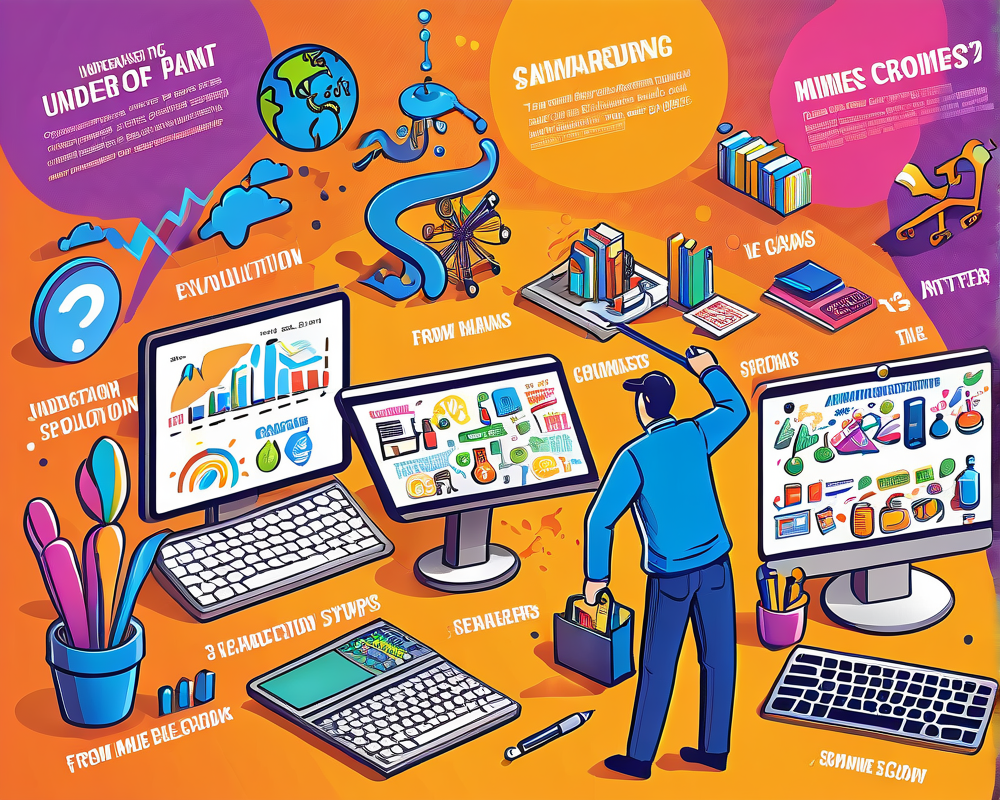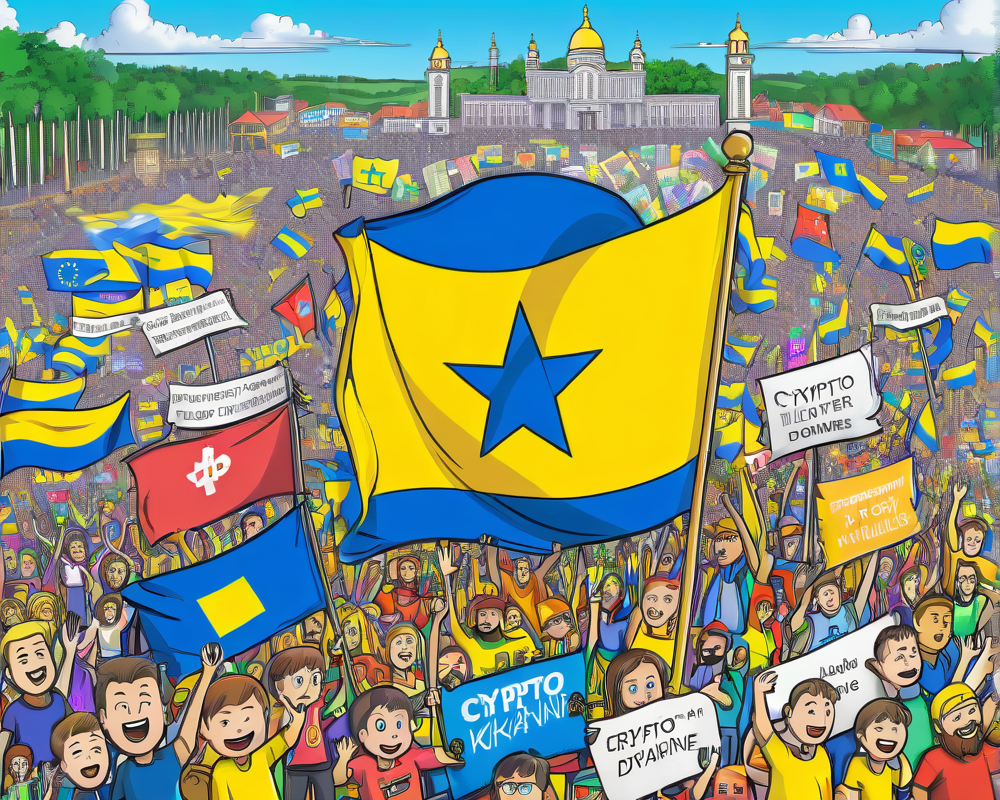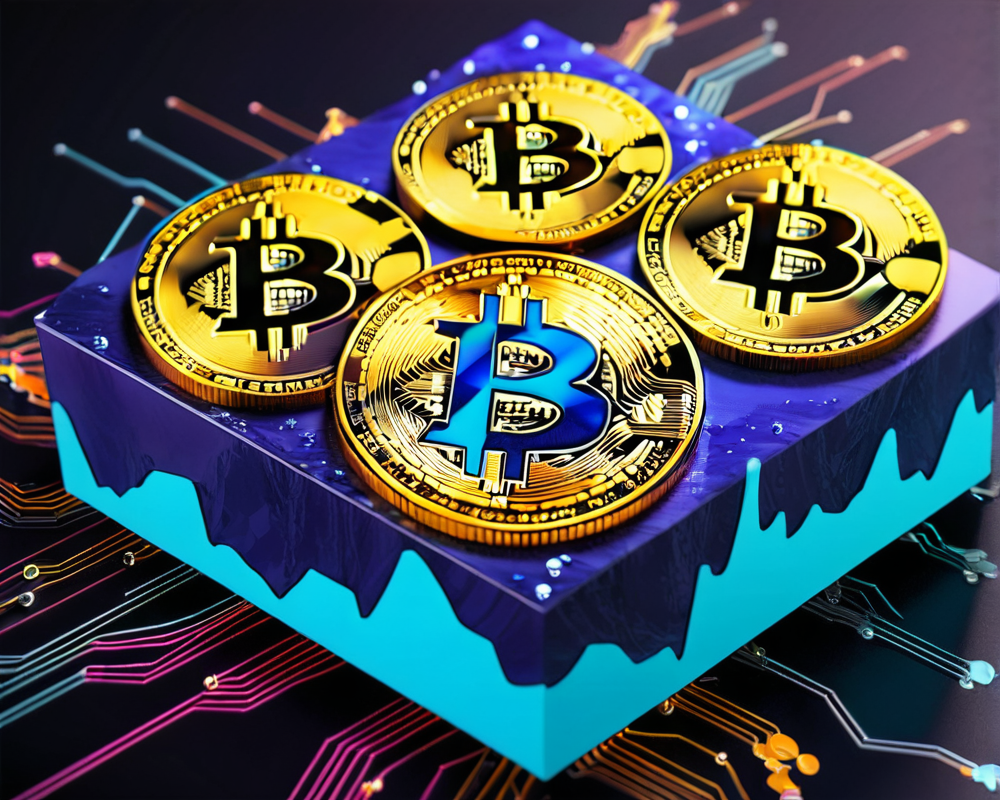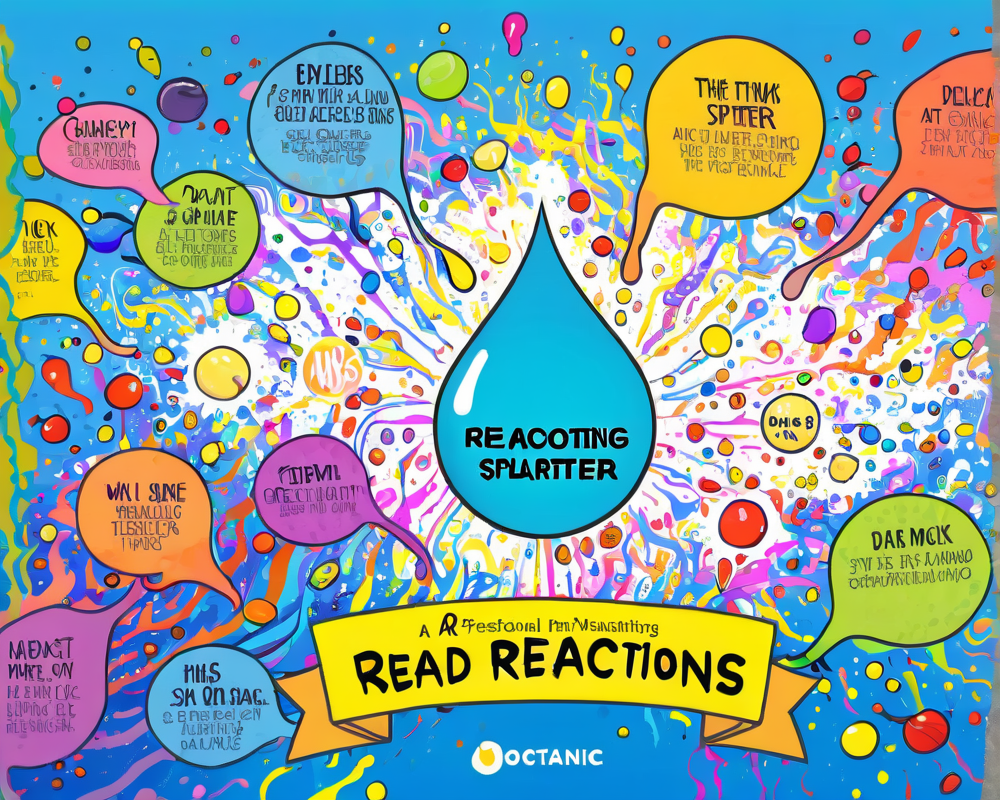The Dreamy Realm of Creativity
The creator economy might sound like a fairytale where talented individuals trade paints and pixels for praise, right? It’s like a world where every aspiring Michelangelo can freely express, without starving while waiting for their masterpiece to be acknowledged. But before we get lost in artistic fantasies, let’s break down the journey that brought us to this modern economic landscape.
A Quick Trip Down Economic Memory Lane
From Agriculture to Industry
The role of the artist wasn’t always as celebrated as today. Back in the mid-18th century, the Industrial Revolution barged in like an uninvited guest, shifting the focus from farms to factories. This era was all about cranking out goods at an alarming rate. Artists? They were kind of like the music playing in the background while the factory machines hummed. Sure, they existed, but they weren’t exactly leading the charge.
Rolling into Consumption
Post World War II was a pivotal era, as goods transformed from scarce luxuries into overflowing clutter. This gave rise to the consumer economy. The challenge now? Making people want to buy all those shiny products. Creatives suddenly faced a dilemma: how to make their art appealing to the masses while satisfying the demanding whims of corporate overlords. It was a tough gig; one day you could be churning out content, the next, you’re left in the cold alongside your rejected manuscripts.
The Digital Leap: Creative Economy
Fast forward to the 1990s, when the internet popped up like a daisy in concrete. Suddenly, the creative sector was inundated with digital possibilities, and the whole concept of creativity started to get some real recognition. Policymakers began to acknowledge creativity as a treasure, and the phrase “creative economy” emerged. A delightful notion, wasn’t it? But it largely focused on product development and, let’s face it, the creators still had to keep the customers in mind.
Enter the Creator Economy
Then, like a superhero sidekick, social media swooped in. Platforms like YouTube and Facebook began to put creators in the driver’s seat. Gone were the gatekeepers with their little golden tickets to success. Now, the platforms offered creators direct engagement with their audience, turning the act of creation into something more participatory and interactive. It was akin to opening a floodgate of endless potential! With just a laptop and internet, anyone could showcase their talents. This transformation ignited an explosion of creativity.
2022: What’s Next?
The current creator economy thrives on platforms that encourage content creation and monetization. This means creators now juggle various ways to fill their coffers—think brand sponsorships, affiliate marketing, and, let’s not forget, tipping. This freedom sounds exciting, but there’s a catch—platforms still take their slice of the pie as users navigate their terms and conditions. But at least those terms allow for a bit of access, right?
Rethinking the Creator Economy with Web3
Now, let’s dip our toes into Web3, which shakes things up with a hefty dose of decentralized creativity. The vision here? Eliminating that pesky middleman between creators and their audience. Imagine a world where creators own their data and enjoy complete transparency—sounds utopian! Web3 aims to empower creators to foster genuine relationships with fans while promoting authentic creativity rather than forced content generation driven by ads.
As we continue to ride this wave of innovation, it’s essential to keep questioning: Can the creator economy evolve to become a truly independent and self-sustaining ecosystem? One where creators can thrive without relying on third-party platforms? Future articles will dive into that thrilling prospect and highlight the problems currently plaguing the landscape.



